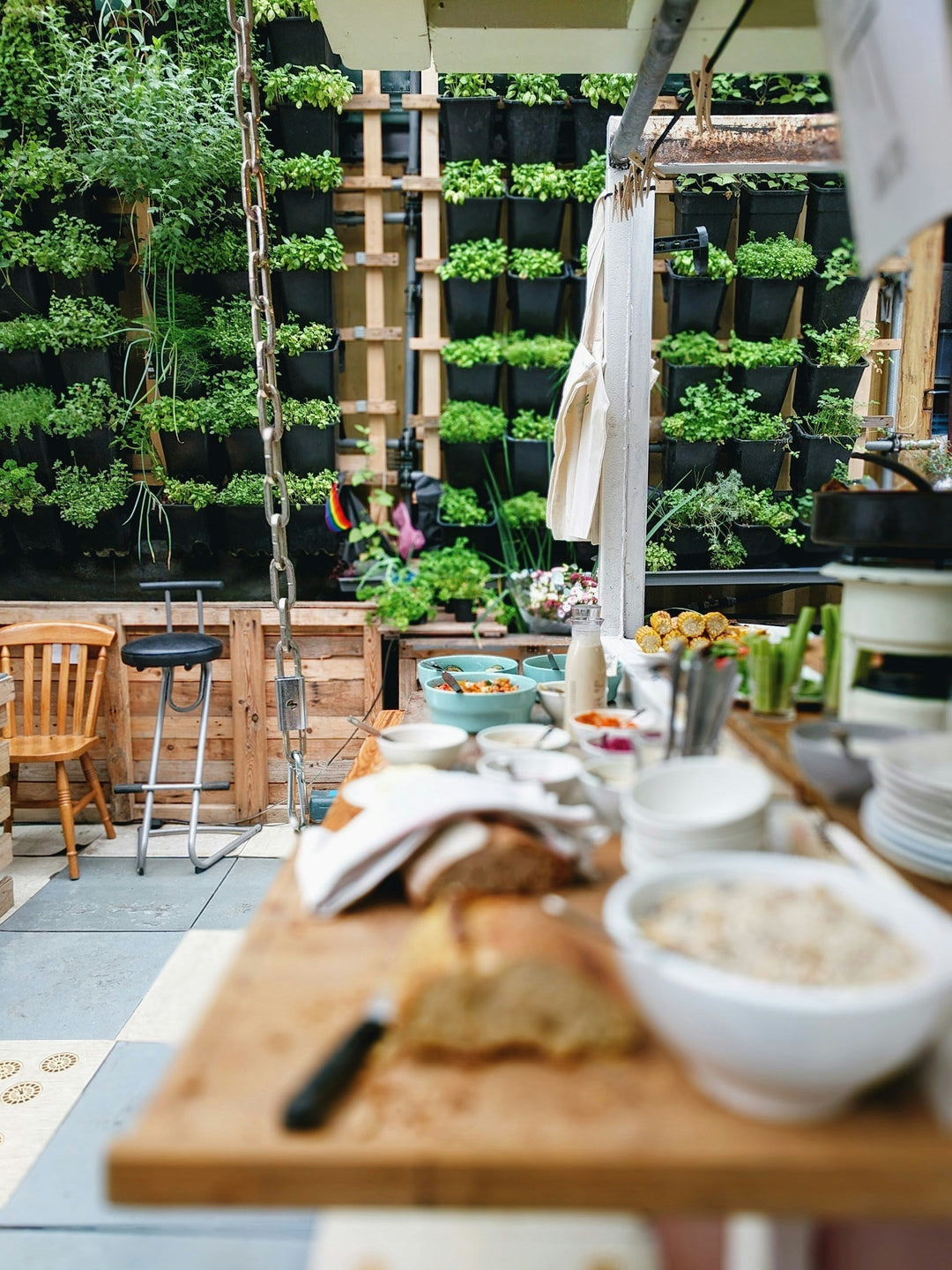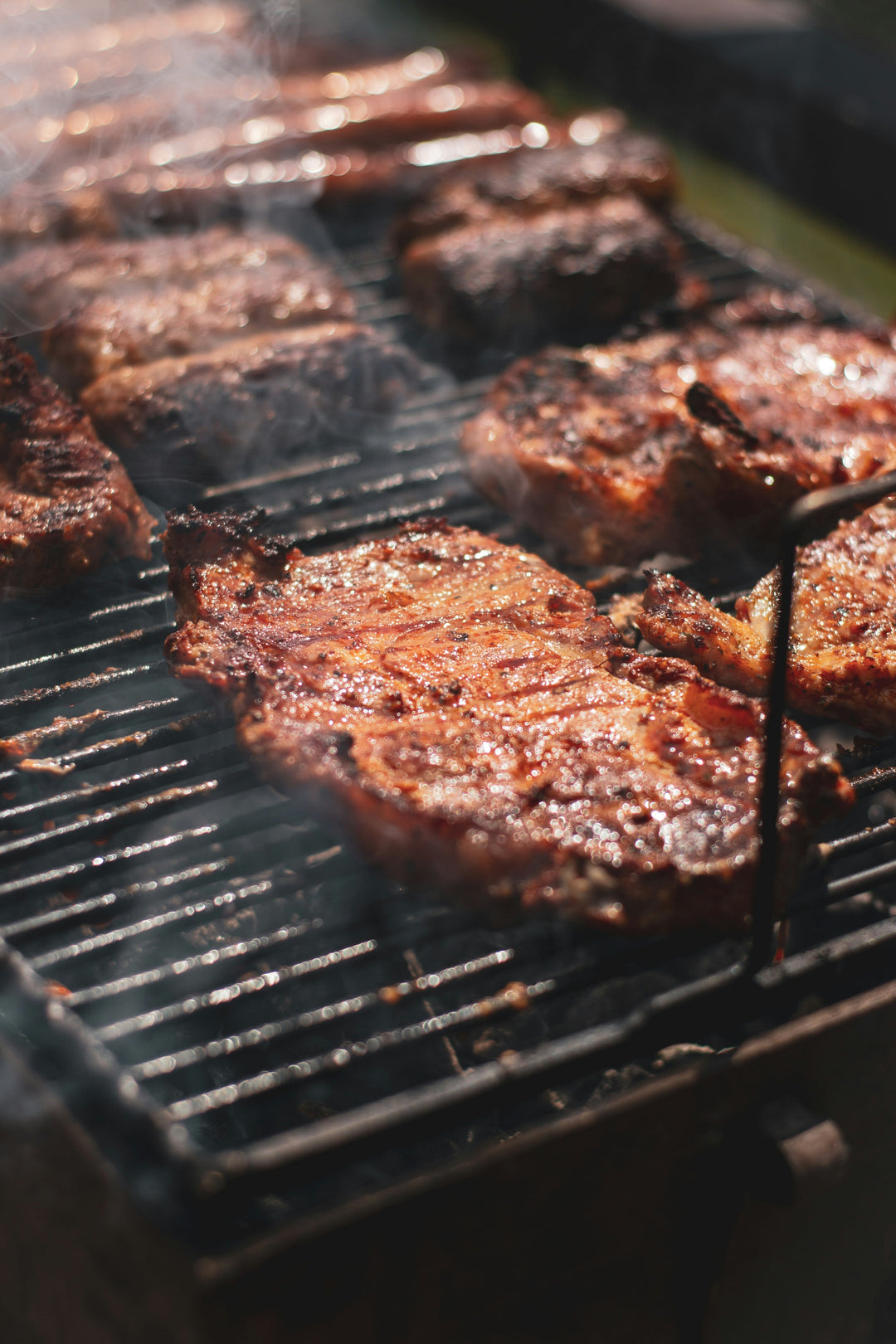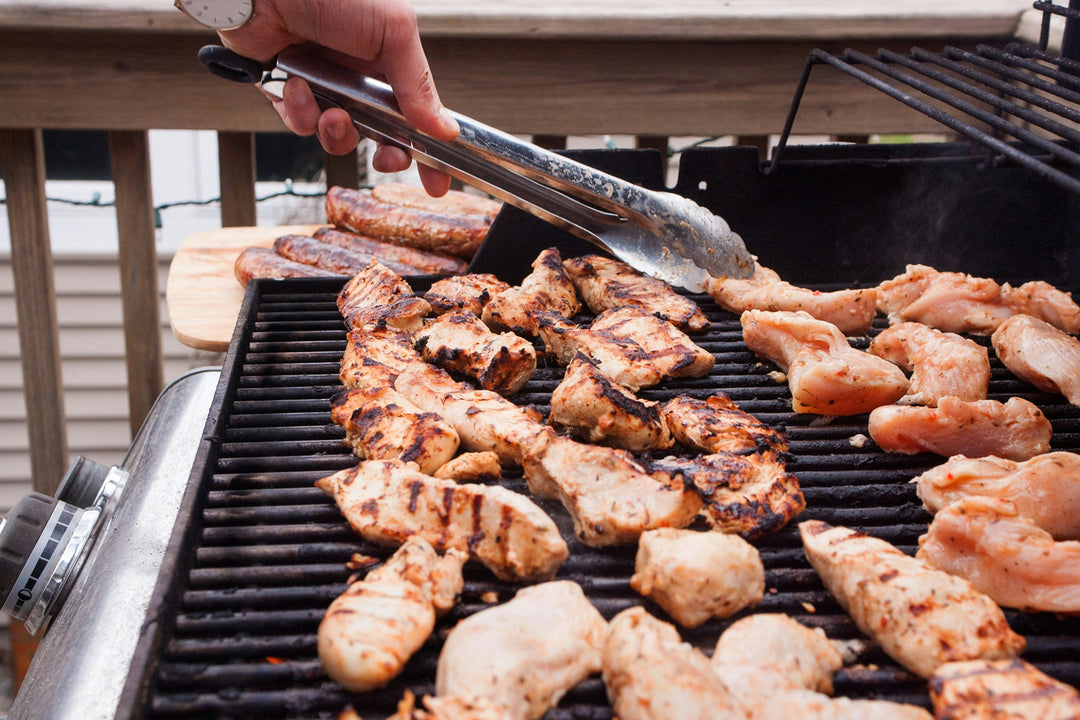Outdoor Kitchen Prep & Safety Guide
Updated 10 Sept 2025 • Approx. 10–12 min read (skim-friendly)
Fast-Track: Keep grills 10+ ft from structures and under non‑combustible overheads. Run a two‑zone fire (hot sear + cool finish). Check gas leaks (soapy water test), use GFCI outlets, and clean grease trays every session. Follow food‑safe temps (poultry 165°F; pork 145°F + rest; fish 145°F). Gloves, extinguisher (ABC), first‑aid kit within reach. Kids/pets out of the 3‑ft hot zone.

Table of Contents
- Introduction
- Benefits of Outdoor Kitchen Prep & Safety
- Choosing the Right Equipment & Safety Tools
- Site Preparation & Layout
- Food Safety Preparation
- Grilling & Cooking Safety Techniques
- Cleaning & Maintenance Best Practices
- Pairings & Serving Setup (Safely)
- Expert Tips & Common Mistakes
- Conclusion, FAQ & Related Guides
1. Introduction
Great design isn’t complete without great safety. This guide keeps your outdoor kitchen running smoothly—minimizing fire risks, preventing foodborne illness, and protecting your investment—so you can host confidently.
2. Benefits of Outdoor Kitchen Prep & Safety
- Protects your investment: Proper clearances, ventilation, and cleaning extend the life of grills, fridges, and finishes.
- Prevents accidents: Leak checks, grease management, and safe electrical keep small issues from becoming emergencies.
- Better events: Organized prep zones and serving temps turn “chaos” into “chef’s kiss.”
3. Choosing the Right Equipment & Safety Tools
| Item | Why It Matters | Quick Specs |
|---|---|---|
| ABC Fire Extinguisher | First line of defense for grease & gas fires | Mount within 10–15 ft; know PASS (Pull, Aim, Squeeze, Sweep) |
| Heat‑Resistant Gloves | Safe handling of hot grates, pans, and lids | Rated for 500°F+; long cuff preferred |
| Long Tongs & Turner | Distance from flame; precise control | 16–18″ stainless; locking hinge |
| Instant‑Read Thermometer | Safety and doneness, not guesswork | Readout < 3 sec; probe thin foods sideways |
| Grease Tray Liners / Drip Pans | Reduce flare‑ups; easier cleanup | Check every cook; replace when ½ full |
| Non‑Bristle Scraper / Brush | No metal bristle hazards in food | Use after preheat; wipe with oiled towel |
| Lighting | Night grilling without guesswork | LED task lights; motion path lights |
4. Site Preparation & Layout
- Clearances: Keep grills/smokers 10+ ft from structures, railings, and no combustible overhangs.
- Ventilation: Built‑ins need front/rear venting; island hoods should be at least 6″ wider than the grill face.
- Surface & footing: Non‑slip stone/tile; level and well‑drained; avoid soft wood decking under high heat.
- Utilities: GFCI outlets near water; gas lines sized by a licensed pro; shutoff valves accessible.
- Traffic flow: Keep a 36″ walkway behind cook zone; mark a 3‑ft “hot zone” for kids/pets.
5. Food Safety Preparation
- Clean • Separate • Cook • Chill: Prep produce and raw proteins on separate cutting boards; wash hands/tools frequently.
- Thaw safely: In the fridge, not on the counter. Marinate in the fridge; never reuse raw marinade unless boiled.
- Safe temps (minimum): Poultry 165°F; ground meats 160°F; pork 145°F + 3‑min rest; fish 145°F.
- Holding: Keep hot foods ≥ 140°F, cold foods ≤ 40°F. Discard perishable items left > 2 hours (1 hour if > 90°F).
6. Grilling & Cooking Safety Techniques
Gas Grills
- Leak check: Brush soapy water on hose/regulator connections; bubbles = leak → close valve and service.
- Lid open for lighting: Prevents gas buildup. If flameout occurs, turn off and wait 5 minutes before relighting.
- Tank placement: Keep upright, away from heat; close valve after cooking.
Charcoal & Wood
- Use a chimney starter (no lighter fluid off‑flavors). Place on non‑combustible surface.
- Build a two‑zone fire (coals one side). Sear hot, finish cool to prevent scorch + underdone centers.
- Dispose of ash cold; metal bucket only.
Flare‑Ups & Grease Fires
- Close lid, move food to cool zone, kill burner(s) under the flare.
- Never water on grease fire. Use a fire extinguisher if needed; when safe, clean trays and continue.
7. Cleaning & Maintenance Best Practices
| Interval | Task | Notes |
|---|---|---|
| Every Cook (Before) | Preheat & scrape grates; empty prior grease | Oil grates lightly with oiled towel |
| Every Cook (After) | Burn‑off 5–10 min; scrape; empty grease tray | Wipe exterior; cover when cool |
| Monthly | Deep‑clean drip pans, heat tents, burners | Check ignition and flame pattern |
| Seasonal | Inspect hoses/regulators; re‑seal stone/wood | Check GFCI, lighting, and cover integrity |
8. Pairings & Serving Setup (Safely)
- Hot stays hot: Chafers or warming zone ≥ 140°F; cold stays cold: ice baths, insulated coolers ≤ 40°F.
- Buffet flow: Plates → mains → sides → sauces → napkins/cutlery at the end to prevent bottlenecks.
- Beverage station: Use shatter‑resistant glassware; stash a towel bin for condensation puddles.
9. Expert Tips & Common Mistakes
- Don’t overload circuits: Heaters + fridges + blenders on one outlet = trips. Distribute loads.
- Grease is the enemy: Full trays ignite. Check before and after every cook.
- Kids & pets: Mark a 3‑ft hot zone; station a “sous chef” to guard the area during peak activity.
- Winter & wind: Shield from gusts; check flame stability; extend preheat in cold temps.
- No bristle brushes: Switch to coil/scraper + oiled towel to avoid stray bristles in food.
10. Conclusion, FAQ & Related Guides
Bottom line: A safe, well‑prepped outdoor kitchen cooks better, lasts longer, and hosts happier.
How far should the grill be from my house or pergola?
At least 10 feet from structures and away from combustible overhangs. Follow manufacturer clearances.
What’s the simplest gas‑leak test?
Brush soapy water on fittings and hose; bubbles indicate a leak. Shut off gas and service before use.
What food temps should I memorize?
Poultry 165°F; ground meats 160°F; pork 145°F + rest; fish 145°F. Use an instant‑read thermometer.
How often do I empty the grease tray?
Every cook. Grease accumulation is the #1 flare‑up culprit.
Related Solavi resources:



Leave a comment